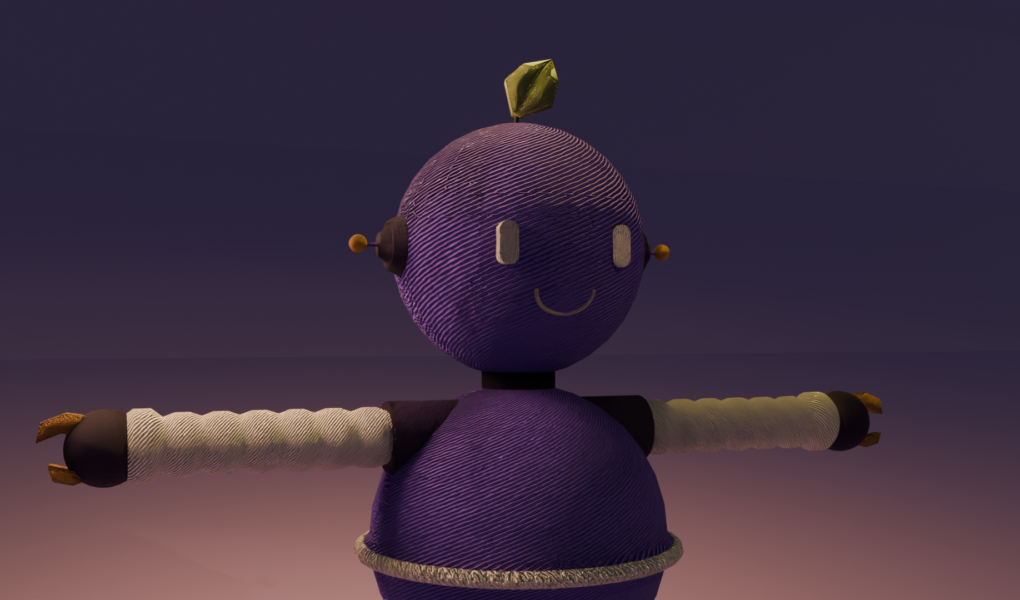Creating effective 3D designs isn’t just about modeling and texturing – color choice plays a crucial role in making your work stand out. Whether you’re a beginner or an experienced designer, these tips will help you make better color decisions for your simple 3D projects.
Understanding 3D Color Basics
Material Properties
When choosing colors for 3D designs, consider how materials interact with light:
– Metallic surfaces reflect colors differently than non-metallic ones
– Glossy materials show more pronounced highlights
– Matte surfaces display more consistent colors
– Transparent materials require special color consideration
Lighting Effects
Lighting dramatically affects color appearance in 3D:
– Direct light emphasizes true colors
– Ambient light softens color appearance
– Color bounce creates subtle reflections
– Shadows can alter color perception
Viewing Angles
Colors in 3D change based on viewing angle:
– Consider how colors look from multiple perspectives
– Account for distance-based color changes
– Plan for different lighting scenarios
– Test colors in motion if applicable
Essential Color Selection Guidelines
Color Harmony
Create harmonious color schemes by:
– Using complementary colors for contrast
– Applying analogous colors for unity
– Limiting your palette to 3-4 main colors
– Maintaining consistent saturation levels
Material Realism
Enhance realism through color:
– Research real-world material colors
– Consider aging and weathering effects
– Account for material wear and tear
– Include subtle color variations
Focal Points
Use color to direct attention:
– Apply brighter colors to important elements
– Use contrasting colors for emphasis
– Keep background colors neutral
– Create clear visual hierarchies
Visual Hierarchy
Establish clear relationships through color:
– Primary elements: Bold or bright colors
– Secondary elements: Muted tones
– Background elements: Neutral shades
– Accent elements: Contrasting colors
Color Schemes for 3D
Minimalist Approaches
For simple 3D designs, consider:
– Using monochromatic color schemes
– Applying white space effectively
– Incorporating subtle color variations
– Focusing on form over color
Material-Based Colors
Choose colors based on materials:
– Wood: Browns and beiges
– Metal: Grays and silvers
– Glass: Blues and clear tones
– Plastic: Solid, consistent colors
Environment Considerations
Match colors to the environment:
– Indoor scenes: Warmer, controlled colors
– Outdoor scenes: Natural, variable colors
– Studio settings: Neutral, professional colors
– Fantasy settings: Creative color choices
Light and Shadow
Work with light and shadow:
– Main light source color
– Shadow color temperature
– Ambient light influence
– Bounce light effects
Practical Applications
Architecture Visualization
For architectural designs:
– Use neutral base colors
– Add accent colors sparingly
– Match real material colors
– Consider natural lighting
Product Design
When designing products:
– Focus on brand colors
– Maintain material authenticity
– Use color for usability
– Consider market preferences
Character Design
For character models:
– Choose personality-appropriate colors
– Use color to show character traits
– Consider character background
– Create memorable color schemes
Environmental Design
In environment design:
– Match the setting’s mood
– Create depth through color
– Use atmospheric effects
– Balance natural and artificial colors
Best Practices
1. Start with Reference
– Collect color reference images
– Study real-world examples
– Create mood boards
– Document successful color schemes
2. Test Your Colors
– View from multiple angles
– Check under different lights
– Test in intended environment
– Get feedback from others
3. Consider Technical Limitations
– Monitor color accuracy
– Rendering engine capabilities
– Export format restrictions
– End-use requirements
4. Maintain Consistency
– Create color palettes
– Document color values
– Use color libraries
– Establish color standards
Conclusion
Choosing colors for simple 3D designs requires a balance of technical knowledge, artistic sensitivity, and practical consideration. By following these guidelines and practicing regularly, you can develop an eye for effective color combinations that enhance your 3D designs while maintaining simplicity and clarity.
FAQ
1. **What’s the best color scheme for beginners in 3D design?**
Start with a monochromatic scheme plus one accent color to keep things simple and manageable.
2. **How can I make sure my colors look consistent across different devices?**
Use calibrated monitors and standard color profiles, and always test your work on multiple devices.
3. **Should I use different colors for different types of materials?**
Yes, different materials reflect light differently, so they should have appropriate color properties to look realistic.
4. **How many colors should I use in a simple 3D design?**
For simple designs, stick to 3-4 main colors plus variations in shade and tone to maintain clarity.
5. **How do I choose colors that will render well?**
Start with standard color values, avoid extremely saturated colors, and test render frequently during development.
Remember that successful color selection in 3D design comes with practice and experimentation. Don’t be afraid to try different combinations while keeping your design goals in mind.


